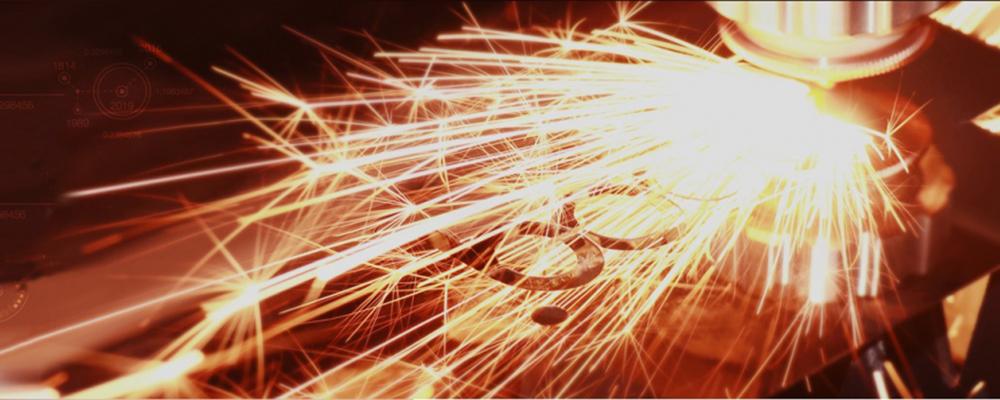
The Ultimate Guide to Metal Fabrication Techniques
Metal fabrication is a complex process that involves shaping raw metal materials into finished products. There are various techniques used in metal fabrication, each with its own unique advantages and applications. In this ultimate guide, we will explore the most common metal fabrication techniques used in the industry today.
What is Metal Fabrication?
Metal fabrication is the process of cutting, bending, and assembling metal materials to create a final product. This can involve a wide range of materials, including steel, aluminum, copper, and more. Metal fabrication techniques are used in a variety of industries, from automotive and aerospace to construction and manufacturing.
Common Metal Fabrication Techniques
1. Cutting: Cutting is the first step in the metal fabrication process. There are several methods of cutting metal, including laser cutting, plasma cutting, and water jet cutting. Each method has its own advantages in terms of precision, speed, and cost.
2. Bending: Bending is used to shape metal materials into the desired form. This can be done using a variety of tools, such as press brakes and rollers. Bending is essential for creating curved or angled components.
3. Welding: Welding is the process of joining two metal pieces together using heat and pressure. There are several types of welding techniques, including MIG welding, TIG welding, and arc welding. Welding is crucial for creating strong and durable metal structures.
4. Machining: Machining involves removing material from a metal workpiece to achieve the desired shape and size. This can be done using tools such as lathes, mills, and drills. Machining is used for creating precise and intricate metal components.
Advancements in Metal Fabrication
With advancements in technology, metal fabrication techniques have become more efficient and precise. Computer-aided design (CAD) and computer-aided manufacturing (CAM) software have revolutionized the industry, allowing for greater automation and accuracy in the fabrication process. 3D printing has also emerged as a cutting-edge technique for creating complex metal parts with minimal waste.
Overall, metal fabrication techniques continue to evolve and improve, driving innovation in various industries. By understanding the different methods and technologies available, manufacturers can choose the best approach for their specific needs and requirements.
